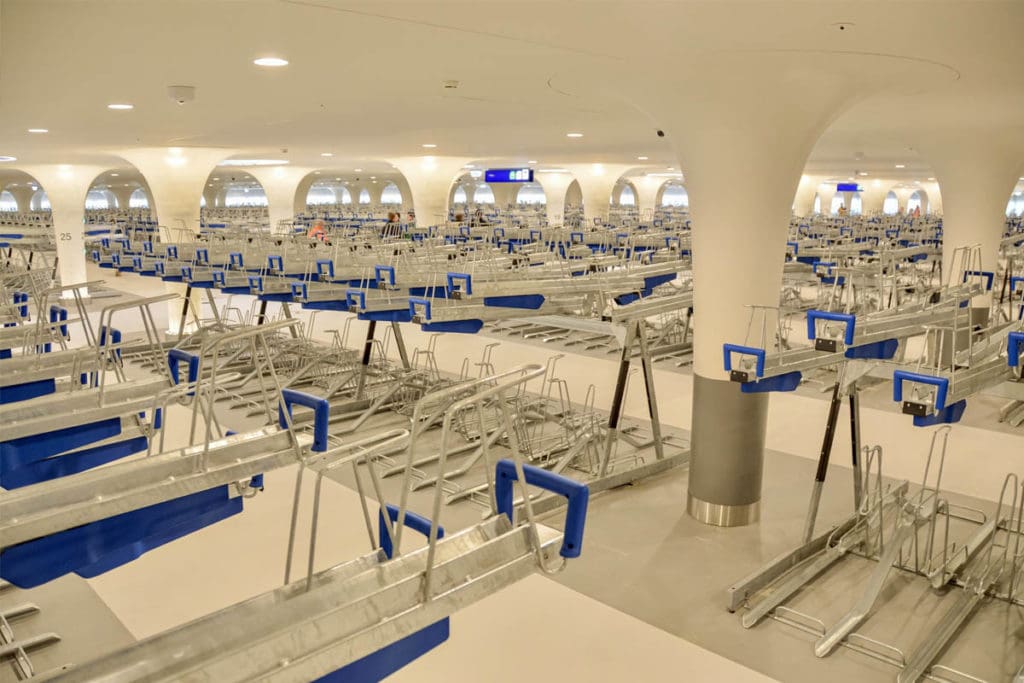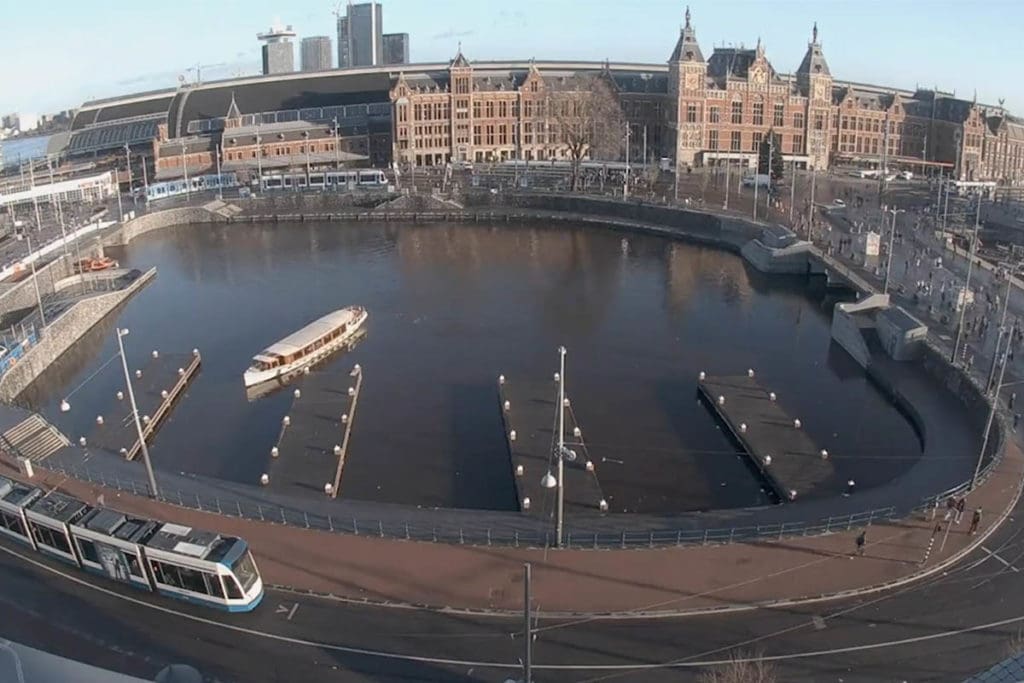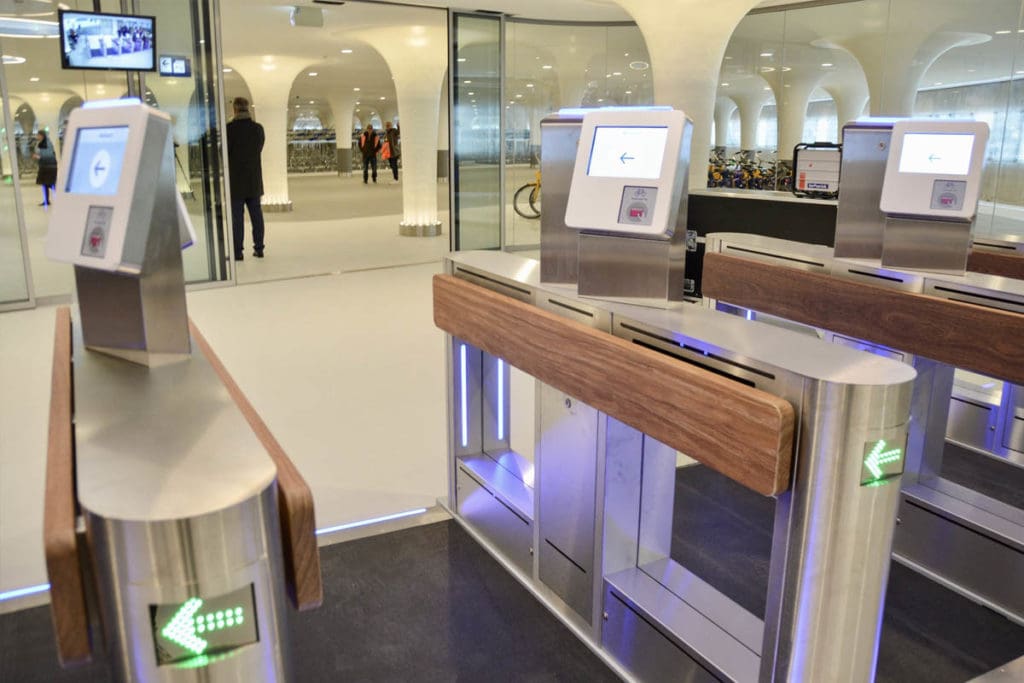Underwater Garages Boost Bike Parking in Amsterdam

Amsterdam, Netherlands
An engineering marvel has boosted bike storage in central Amsterdam, with 11,000 extra parking spaces created within two huge underwater garages.
The city officially opened the first of the garages last weekend, concluding a four-year project that included draining a lake so the garages could be built. You can see a great time lapse video of the lake being drained and all stages of construction through to refilling the lake here.
The Stationsplein garage can store 7,000 bicycles and, constructed beneath the Open Havenfront lake, is the largest bicycle parking facility in a city celebrated as a global pinnacle of active transport.
The underground parking facility is connected to the metro hall and Amsterdam Central Station, so travellers can walk directly and under cover to public transport.
The nearby second garage will open later this month and will provide another 4,000 bike spaces.

The underwater garages have been created to tidy the streets around Amsterdam Central Station and give pedestrians more space to move.
Once both underground garages are operational, the city will progressively remove all the bicycle racks from the streets.
“The opening of the new parking facilities marks the beginning of a new era, in which Amsterdam Central Station will be somewhat like it was around 1900 … accessible and pleasant, without cars and bicycles parked everywhere and nowhere,” the city government says in a statement.

“We expect that there will be a greater need for bicycle parking spaces around the station. That is why we have already started preparations for even more parking spaces for bicycles.”
Bikes can be left for free in the secure compounds for the first 24 hours and then at a cost of €1.35 (A$2.08) for each subsequent day.
A system of red and green lights helps guide riders to vacant parking spots and an online service will be activated in April to show cyclists the number of vacant spots in each garage.
Join the conversation
Can you conceive a time when cycling infrastructure like this could be available in Australia?
